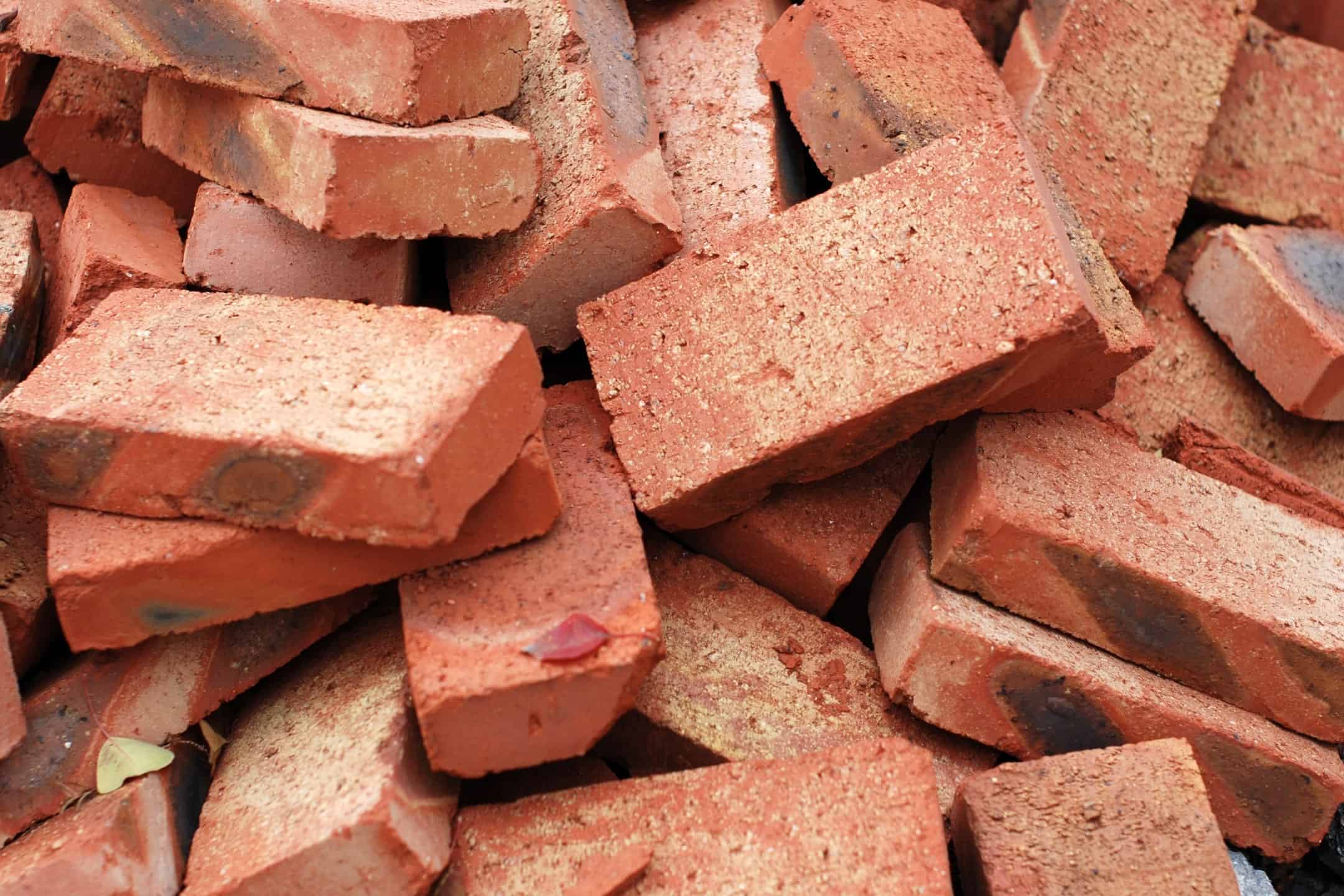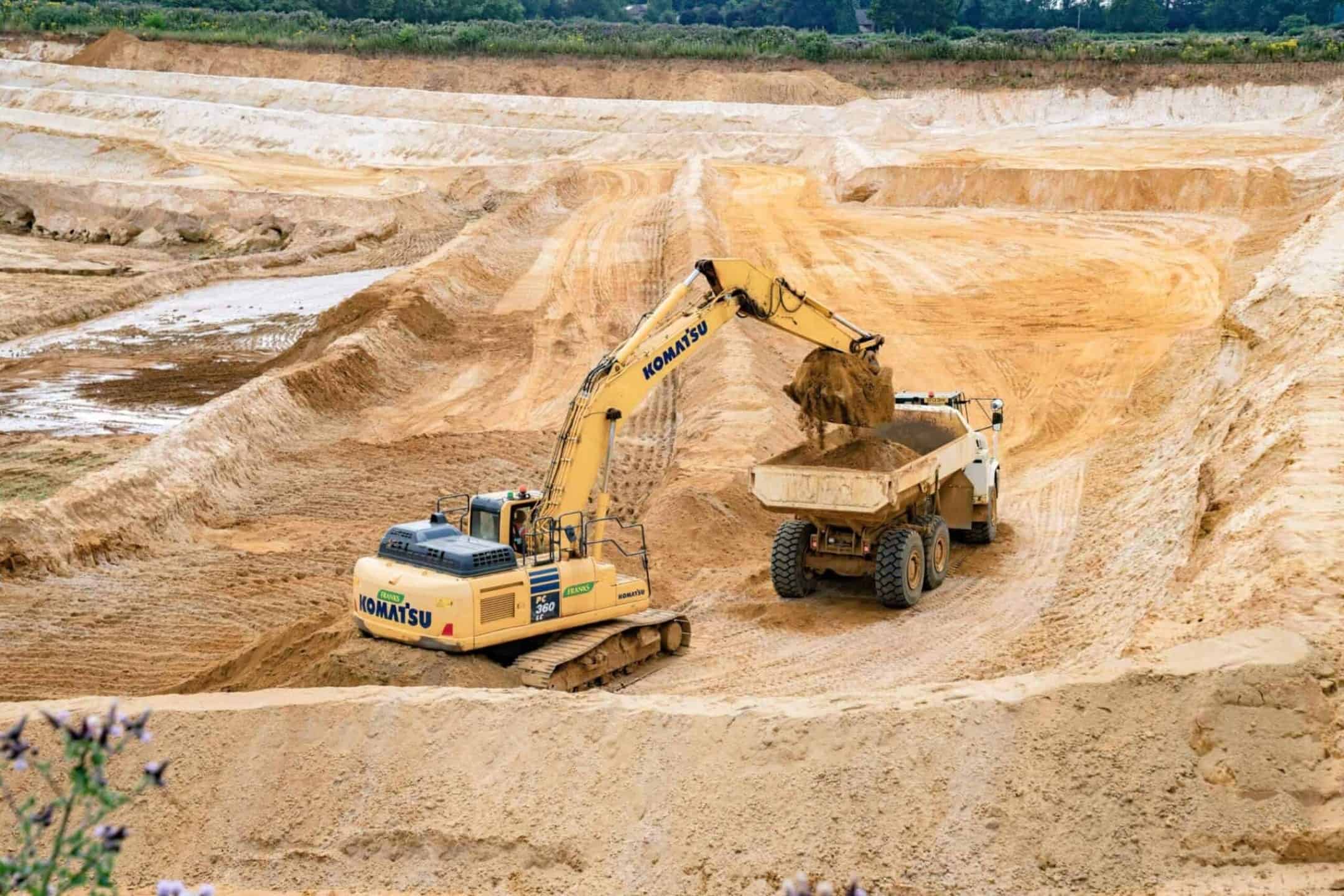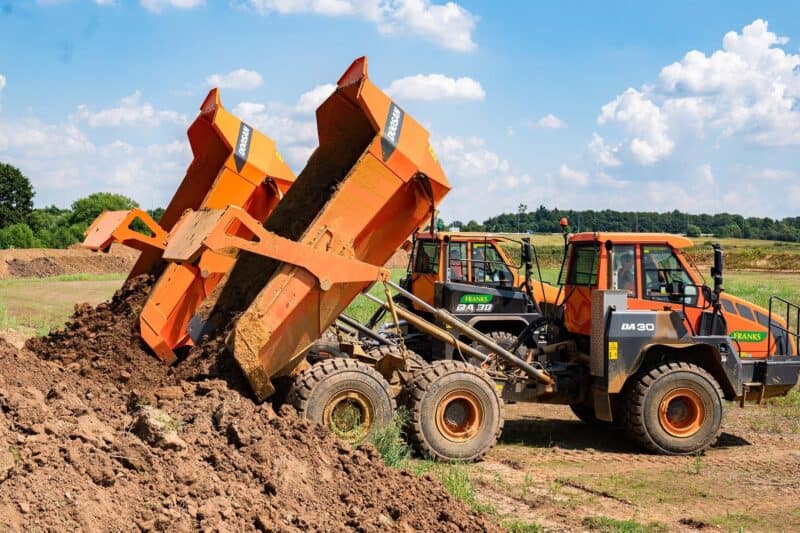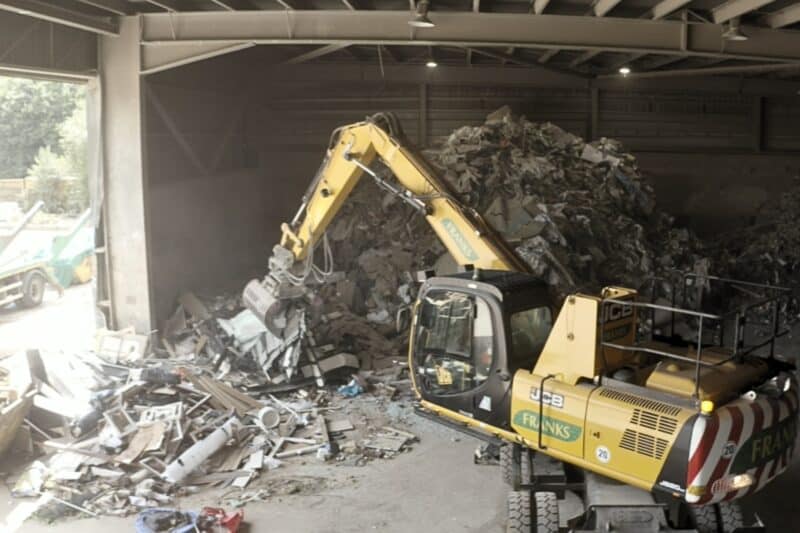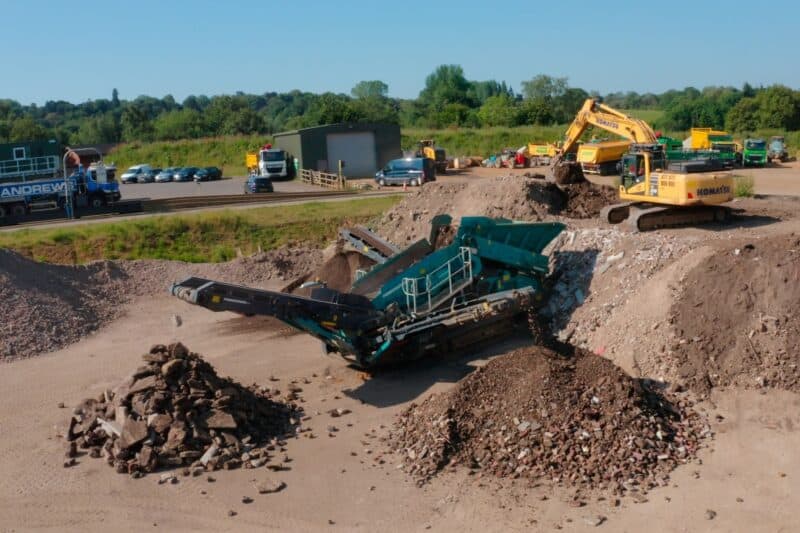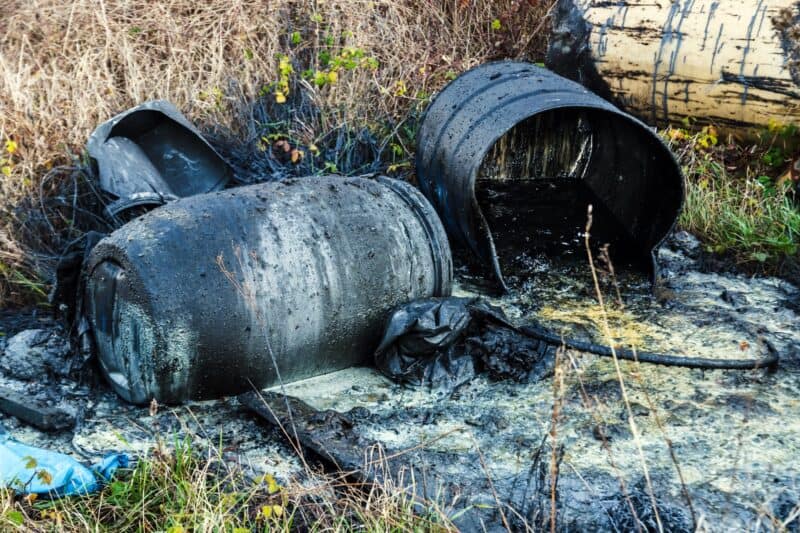The quality of materials used within the construction industry can significantly impact the durability and look of the whole project. Among these materials, building sand plays a crucial role, especially in the manufacturing of bricks. Understanding the types of bricks available and how building sand contributes to their production is essential for anyone involved in construction.
Types of Bricks & Their Uses
Bricks are a fundamental building material, and there are several types available, each suited for different applications:
1. Clay Bricks
Clay bricks are the most common type of bricks used in construction. They are made from clay and water, and their production involves moulding and firing in kilns. These bricks are known for their strength, durability, and thermal properties, making them suitable for residential and commercial buildings.
2. Concrete Bricks
Concrete bricks are made from a mixture of cement, sand, and aggregates. These bricks are often used in walls and pavements due to their strength and ease of manufacture. They can be produced in various colours and textures, adding aesthetic value to construction projects.
3. Engineering Bricks
Engineering bricks are high-density bricks used in applications requiring high strength and low water absorption. They are commonly used in foundations, retaining walls, and sewers due to their robust nature and resistance to harsh environmental conditions.
4. Sand-Lime Bricks
These bricks are made from a mix of sand, lime, and fly ash. They are known for their smooth finish and uniform shape. Sand-lime bricks are often used for decorative purposes and in the construction of load-bearing walls.
5. Fly Ash Clay Bricks
Fly ash clay bricks are made using fly ash and clay. They are lightweight and have good insulation properties. These bricks are environmentally friendly as they utilise industrial waste materials.
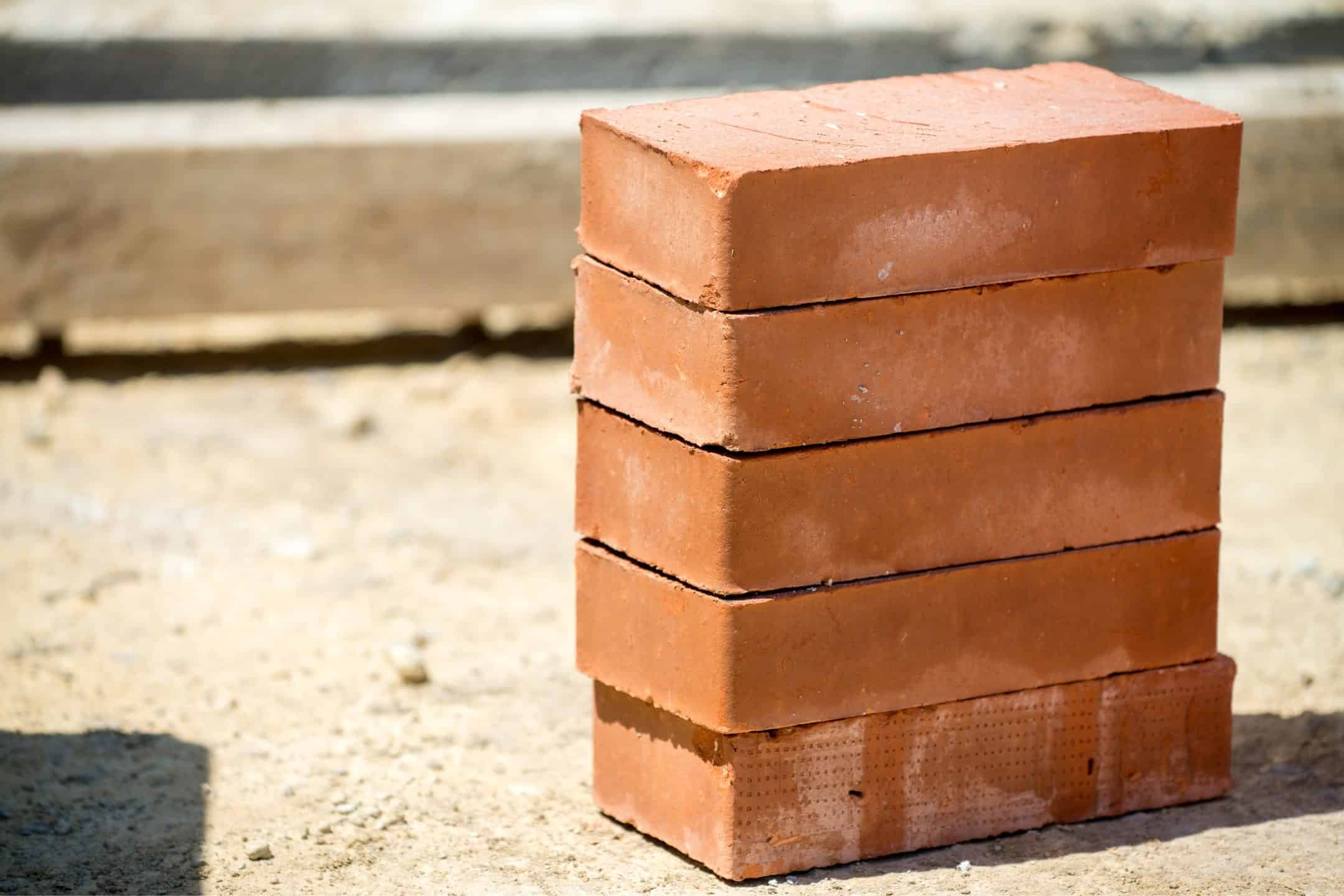
How is Building Sand Used to Manufacture Clay Bricks?
Building sand is a vital component in the production of clay bricks. Here’s how it is used:
Filler Material
Building sand acts as a filler material in the clay mixture. It prevents the bricks from shrinking during the drying and firing processes. The presence of sand helps maintain the shape and size of the bricks, ensuring consistency in the final product.
Enhancing Durability
The sand mixed with clay increases the durability of the bricks. It provides strength to the bricks, making them suitable for load-bearing structures. The uniformity provided by sand ensures that the bricks do not crack or deform easily.
Colour and Texture
Building sand can influence the colour and texture of the bricks. By coating the brick moulds with sand, manufacturers can produce bricks with specific colours and surface finishes, adding to the aesthetic appeal of the construction.
What Properties Make Building Sand Suitable for Brick Manufacturing?
Not all sands are suitable for brick manufacturing. Here are the key properties that make our building sand ideal for this purpose:
Grain Size
The grain size of our building sand is crucial, as fine sand with a uniform particle size helps create a smooth mixture with clay, which is essential for producing high-quality bricks.
Purity
Purity is also important, our sand is free from impurities like salts, organic matter, and clay lumps, ensuring that the bricks do not develop any weaknesses or defects over time.
Binding Quality
Additionally, our building sand has excellent binding properties, holding the clay particles together to ensure the bricks remain intact and durable after firing.
Consistency
Consistency in the quality of sand is essential for producing uniform bricks, as variations in sand quality can lead to inconsistencies in brick size and strength.
What are the Benefits of Using Our Building Sand in Brick Making?
Using building sand by J&J Franks in brick manufacturing offers several benefits:
Improved Strength and Durability
Building sand enhances the structural integrity of the bricks, making them more robust and durable. This is particularly important for bricks used in load-bearing walls and foundations.
Cost-Effectiveness
Incorporating sand into the brick-making process can reduce production costs. Sand is relatively inexpensive and abundant, making it a cost-effective material for large-scale brick production.
Environmental Sustainability
Using building sand, particularly when it is sourced locally, can reduce the environmental impact of brick manufacturing. It minimises the need for transporting materials over long distances, thereby reducing carbon emissions.
Consistent Quality
The use of high-quality building sand ensures that the bricks produced are consistent in size, shape, and strength. This consistency is crucial for maintaining the quality and reliability of construction projects.
The role of building sand in brick manufacturing cannot be overstated. It plays a vital part in ensuring the strength, durability, and aesthetic appeal of the final product. Understanding the different types of bricks and the contribution of building sand in their production is essential for anyone involved in the construction industry.
For more information on how J&J Franks can assist you with high-quality building sand and other construction materials, contact us. With over 80 years of experience, we are a trusted provider of waste management solutions, quarry products, and more. Contact us today!
